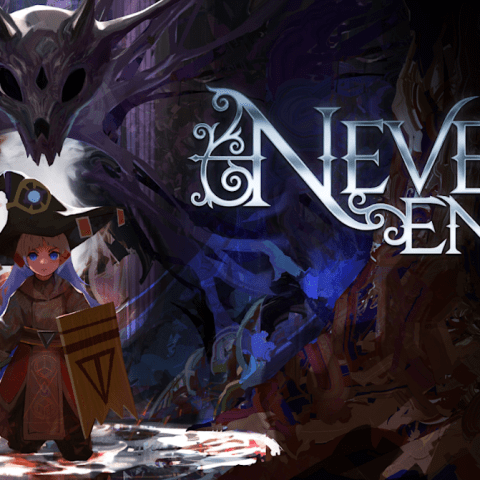In the recent Democratic primary for mayor, a total of eleven candidates took part. Former Governor Andrew Cuomo and state Assemblymember Zohran Mamdani were at the front of pre-election polls. However, as the night progressed, Mamdani pulled ahead with 44% of the votes compared to Cuomo’s 36%, with 93% of ballots counted.
New Yorkers used ranked choice voting in this election. This means that voters could select up to five candidates. If a candidate got the least amount of first-choice votes, they were eliminated, and those votes moved to voters’ second choices. This process continues until a candidate receives more than 50% of the votes.
The final results will be announced on July 1. This voting style aims to ensure that the winning candidate has broad support, not just a simple plurality.
Ranked choice voting has sparked conversation about voter engagement and representation. A recent survey showed that 61% of voters found the system easier to understand than traditional methods. Some experts suggest that this system could lead to more diverse candidates being elected, as it allows voters to support their preferred candidates without fearing wasted votes.
Social media has also seen a rise in discussions about this election format. Users are sharing their experiences and tips on navigating ranked choice votes. Many appreciate the options it gives, while others express confusion about the process.
To learn more about the implications of ranked choice voting, you can check out reports from the [National Conference of State Legislatures](https://www.ncsl.org/research/elections-and-campaigns/ranked-choice-voting.aspx). As this primary progresses, it will be interesting to see how this new method reshapes voting behaviors and political landscapes in the future.




















